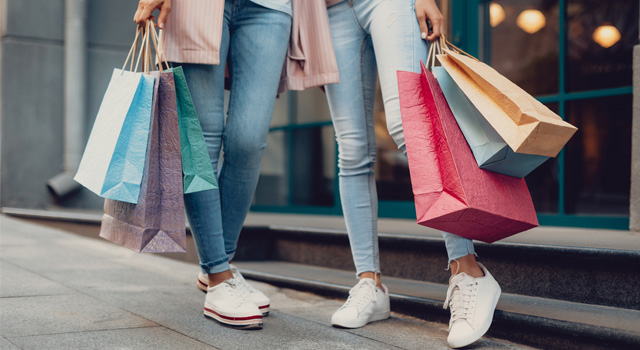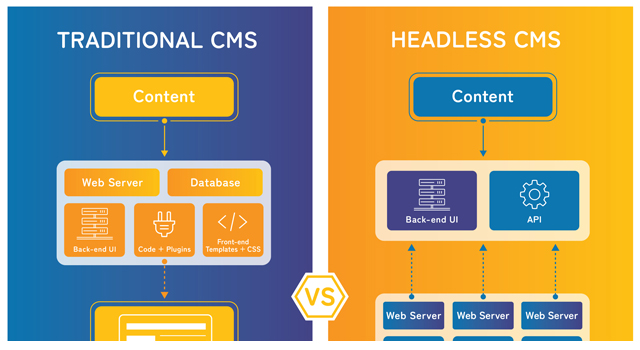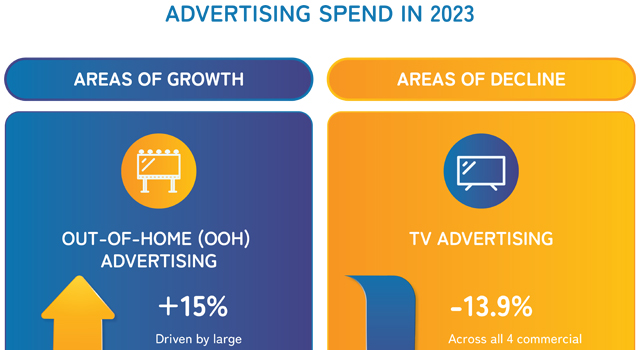Retail experienced a year like no other in 2020. With COVID forcing many retailers to shut their doors due to mass lockdowns, others selling essential products and services were busier than ever. The industry has gone through transformative change and much of this is seemingly here to stay. As businesses reassess their priorities in the wake of the pandemic, some key trends will shape how they grow and succeed in 2021.
1. Top Three Retail Trends of 2021 – Net-zero retail
According to the United Nations, in 2020 the number of businesses and governments committing to reach net-zero emissions roughly doubled in less than a year, including notable organisations like the New South Wales government, Facebook and Ford who are all aiming to achieve this goal by 2050. And while this may sound like a long time, the time for retailers to act is now. Optimising products and supply chains to achieve this goal will take decades and requires careful planning and innovation to ensure profit margins are retained and changes that are rolled out are sustainable.

2.Top Three Retail Trends of 2021 – Evolution of experiential stores
According to IBM’s U.S. Retail Index, COVID accelerated the shift away from physical stores to digital shopping by roughly five years. This has many wondering what the future of in-store shopping may look like.
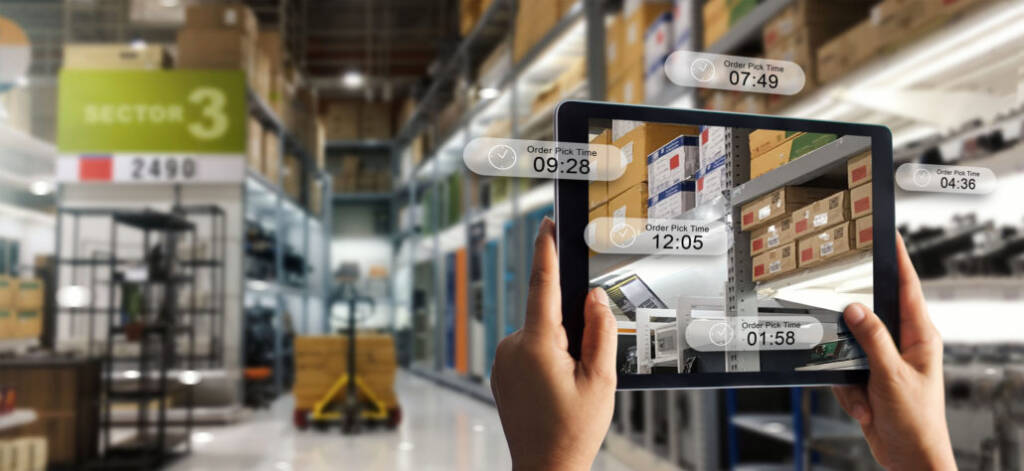
What is the future of in-store shopping and what does it look like?
With everything available so conveniently and safely online, as well as delivery speed and affordability improving and payment methods diversifying; bricks and mortar retail must innovate to survive. Over the past few years, we have seen this being led by major shopping centres, with their precincts becoming more than just a collation of chain and department stores, but rather a hub for dining and entertainment first and shopping second. And retailers need to adopt this mentality within their own four walls.
A retail store should be an experience that offers more than what can be replicated online. A great example of this is R.M. Williams stores. Known predominately for their The Craftsman Boots, their retail store is an interactive hub that allows you to see and feel the wide array of boots, be educated on the different fits, styles and functions, and speak to an expert to be matched with your ideal pair. The entire experience is like peeking behind the manufacturer’s curtain to go on a 90-year journey into the brand, which leaves you satisfied that you’ve purchased far more than just a pair of boots. Think about what your brand does well and how you can personify this into a one of a kind, in-store experience.
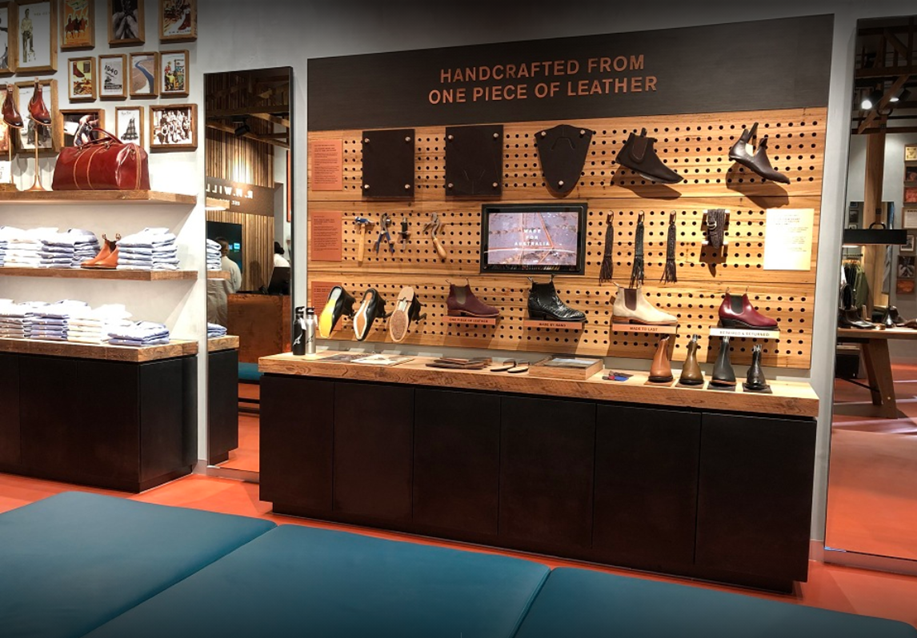
3. Top Three Retail Trends of 2021 – Omnichannel retail
And with more and more shopping taking place online, having one, seamless experience for the customer is key. Gone are the days where a business can run online-only pricing tiers or offer different product ranges online to in-store. Consumers these days are far more educated than ever before and will research nearly all purchases online before buying. Businesses must work to implement quick and easy click and collect options and integrate live in-store inventory into their websites and paid advertising. This is particularly important for retailers who stock supplier brands that are available at competing locations. Convenience is key and customer are willing to pay more to have it now. Highlighting that you have the product in stock and nearby can be just as powerful as providing an item at a lower or discounted price.









